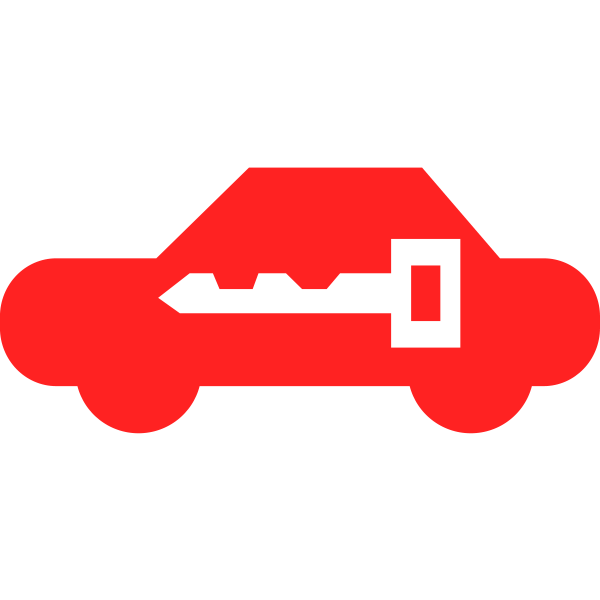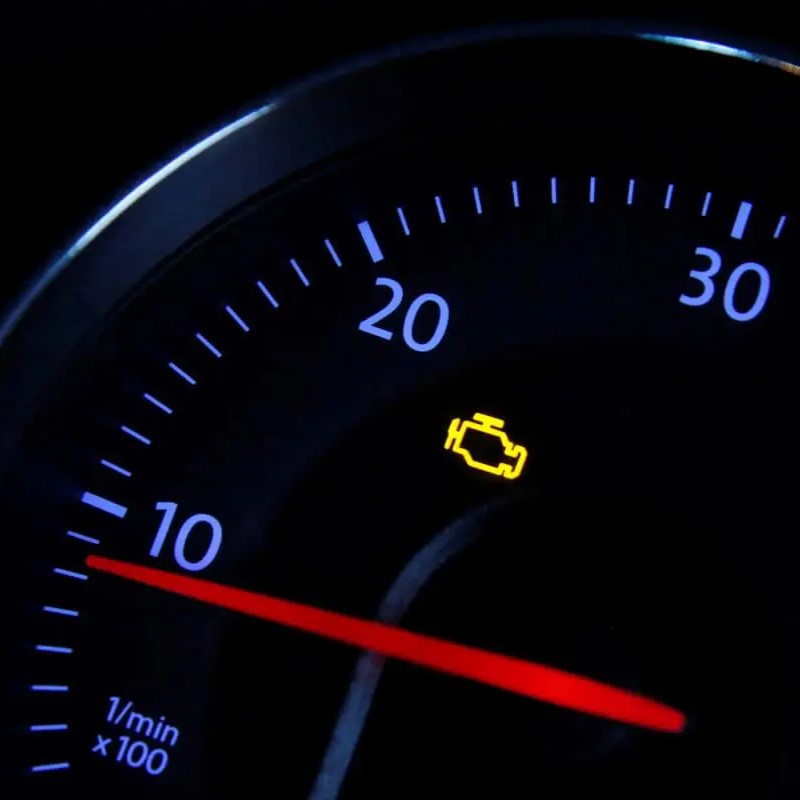The dashboard lights in your car are a vital communication system. They illuminate to warn you of potential problems, and one of the most important is the battery light. So, when that red battery symbol flickers to life, it’s natural to feel a surge of concern. But don’t panic! This article will equip you with the knowledge to understand what a lit battery light means and how to address the issue.
Decoding the Battery Light:
The battery light doesn’t necessarily signify a failing battery itself. Instead, it signals a problem with your car’s electrical system, specifically the charging process. Your car’s battery is akin to a reservoir, storing electrical energy. The alternator, on the other hand, acts like a pump, constantly replenishing that reservoir while the engine is running. When the battery light turns on, it indicates a disruption in this flow of electricity.

Possible Culprits Behind the Lit Light:
Several factors can contribute to a lit battery light. Let’s delve into the most common ones:
-
A Worn-Out Battery: Batteries have a lifespan, typically ranging from 3 to 5 years. Over time, the battery’s ability to hold a charge diminishes. This can cause the battery light to illuminate, especially during engine startup when a significant amount of power is required.
-
Loose or Corroded Battery Cables: The battery connects to the car’s electrical system through cables. Corrosion or loose connections at these terminals can hinder the flow of electricity, triggering the battery light.
-
Alternator Malfunction: As mentioned earlier, the alternator is responsible for keeping the battery charged. If the alternator itself fails, it can no longer recharge the battery, leading to the dreaded illuminated light.
-
Voltage Regulator Issues: The voltage regulator acts as a control unit, ensuring the alternator doesn’t overload the battery. A faulty voltage regulator can disrupt this delicate balance, causing the battery light to come on.

Additional Symptoms to Watch Out For:
A lit battery light isn’t the only indicator of a potential problem. Here are some other signs to be aware of:
-
Dim headlights: If your headlights appear dimmer than usual, it could be a consequence of a failing electrical system.
-
Slow engine crank: A sluggish engine start can suggest the battery is struggling to deliver sufficient power.
-
Electrical malfunctions: Erratic behavior of electronic components like power windows or the radio might point towards electrical system issues.

What to Do When the Battery Light Illuminates:
If your car’s battery light turns on, here are the recommended steps:
-
Pull over safely: Don’t ignore the warning sign. Find a safe spot to pull over and turn off the engine.
-
Visually inspect the battery: Look for signs of corrosion on the battery terminals. If you see a white, crusty buildup, corrosion might be the culprit.
-
Consult your car’s manual: Your car’s manual will provide specific instructions on how to jump-start your vehicle if necessary. However, it’s recommended to seek professional help for a lasting solution.
Getting Your Car Checked:
It’s crucial to have a qualified mechanic diagnose the root cause of the illuminated battery light. They can perform tests to assess the health of your battery, alternator, and voltage regulator. Based on the diagnosis, they can recommend the necessary repairs or replacements.

Checking battery fluid levels
The concept of checking battery fluid levels applies specifically to lead-acid batteries, which are most commonly found in cars and some motorcycles. However, many other types of batteries, like those in your phone, laptop, or even some car batteries these days, are sealed and don’t require fluid level maintenance.
For Lead-Acid Batteries:
If you have a lead-acid battery, here’s what you need to know:
-
Fluid Check Frequency: While some recommend monthly checks, modern batteries may only need inspection every few years depending on climate and usage. It’s always best to consult your car’s manual for specific recommendations.
-
What to Look For: Most lead-acid batteries have transparent cells that allow you to see the fluid level. The level should be just above the tops of the battery plates inside. If the fluid level is low, it’s time to add distilled water (not tap water!).
-
Safety First: Battery fluid, also known as electrolyte, is a corrosive mixture of sulfuric acid and water. Wear gloves and eye protection when handling it. Avoid inhaling fumes and never ingest the fluid.
Alternatives and Sealed Batteries:
-
Gel Batteries: These are a variation of lead-acid batteries where the electrolyte is thickened into a gel form. They are generally maintenance-free and don’t require fluid level checks.
-
VRLA (Valve-Regulated Lead Acid) Batteries: These are another type of sealed lead-acid battery commonly found in modern vehicles. They are designed to recombine the gases produced during operation, eliminating the need for fluid level checks.
If you’re unsure what type of battery you have, consult your car’s manual or refer to the battery label. For sealed batteries, there’s typically no user-serviceable fluid reservoir, so attempting to open them is not recommended. If you suspect an issue with a sealed battery, it’s best to have a qualified mechanic check it out.
Proper battery usage and storage
Here is an article on proper battery usage and storage:
Proper Battery Usage and Storage
Batteries are a vital part of our everyday lives. They power our devices, from our cars and laptops to our smartphones and toys. But how often do we stop to think about how to use and store them properly?
Different Types of Batteries
There are many different types of batteries, each with its own chemistry and characteristics. The most common types of batteries include:
- Alkaline batteries: These are the most common type of battery and are used in a wide variety of devices. They are relatively inexpensive and have a long shelf life.
- Lithium-ion batteries: These batteries are rechargeable and are used in laptops, smartphones, and other electronic devices. They have a high energy density and can hold a charge for a long time.
- Nickel-metal hydride (NiMH) batteries: These are another type of rechargeable battery that is often used in cameras and other electronic devices. They are less expensive than lithium-ion batteries but do not hold a charge as long.
- Lead-acid batteries: These batteries are used in cars and other vehicles. They are not rechargeable and need to be replaced periodically.
Proper Battery Usage
Here are some tips for using batteries properly:
- Use the correct type of battery for the device. Different devices require different types of batteries. Using the wrong type of battery can damage the device or shorten the battery life.
- Do not mix old and new batteries. This can cause the batteries to leak or explode.
- Remove batteries from devices that are not in use. This will help to prevent the batteries from draining.
- Store batteries in a cool, dry place. Extreme temperatures can damage batteries.
Proper Battery Storage
Here are some tips for storing batteries properly:
- Store batteries in their original packaging. This will help to protect the batteries from damage.
- Do not store batteries in metal containers. Metal can conduct electricity and can cause batteries to short circuit.

Prevention is Key:
There are steps you can take to prolong the lifespan of your car’s battery and electrical system:
-
Regular maintenance: Schedule routine car checkups to ensure the battery terminals are clean and free of corrosion.
-
Avoid short trips: Frequent short trips don’t allow the alternator enough time to fully recharge the battery. If you primarily take short trips, consider connecting a battery charger periodically to maintain a full charge.
-
Park in shaded areas: Extreme temperatures can shorten a battery’s lifespan. Whenever possible, park your car in a cool, shaded area.
By understanding the meaning of a lit battery light and taking appropriate action, you can avoid getting stranded and ensure your car’s electrical system functions optimally. Remember, preventive measures go a long way in keeping your car running smoothly and reliably.





